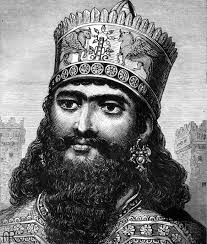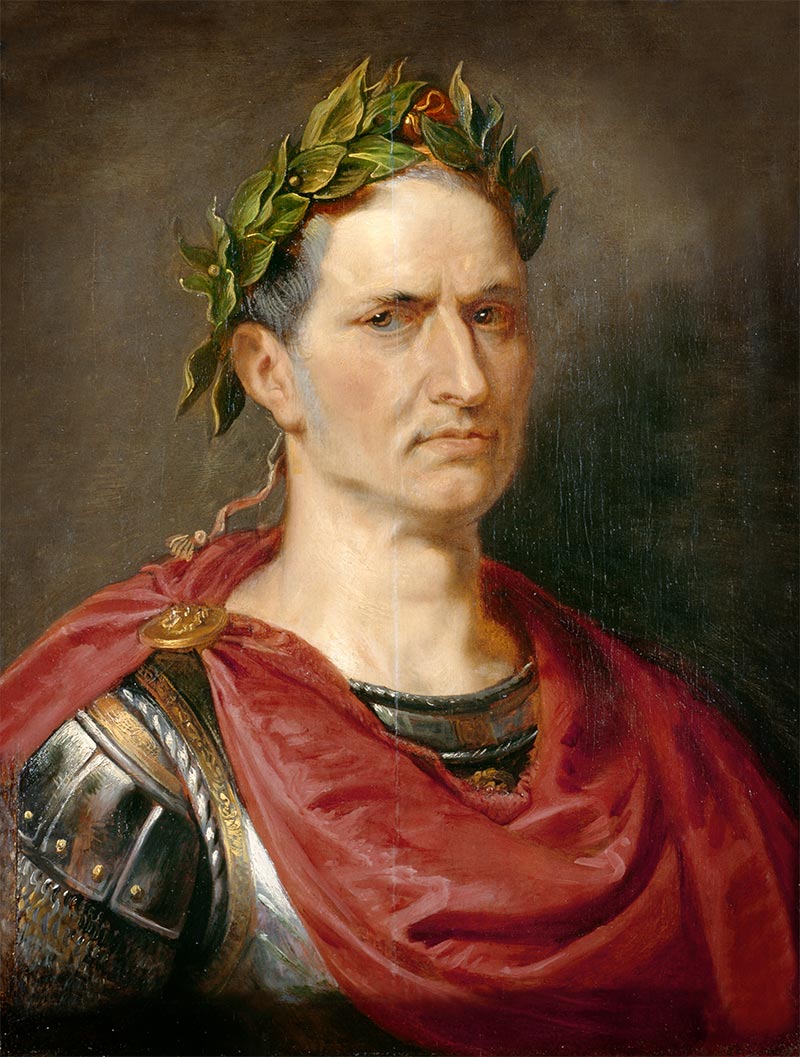Strategic Leadership Analysis
Cambyses archetypes inherit bold roadmaps and insist on completing them fast. You compress planning cycles, brave hostile terrain, and treat audacity as the purest form of accountability. Teams feel the urgency you radiate—victory must happen before doubt sets in.
Strengths
- Executes rapid strikes that overwhelm hesitant rivals
- Keeps decision loops short and personal
- Tolerates harsh conditions without stalling
- Turns unfinished mandates into motivating rallying cries
- Signals confidence that emboldens frontline talent
Pressure Points
- Impatience can skip due diligence or diplomacy
- Relentless pace strains logistics and morale
- May underinvest in stabilization after conquest
- Harsh directives can silence necessary dissent
- Needs sober advisors to flag risks early
Relationship Operating System
Partners who handle integration, HR, and stakeholder care keep your shock tactics from burning value.
Deployment Zones
Crisis takeovers, rapid expansion task forces, special operations sales, turnaround squads, expeditionary product launches
Leadership Lessons to Apply Today
Schedule consolidation checkpoints and empower deputies to lock in gains while you scout the next frontier.



